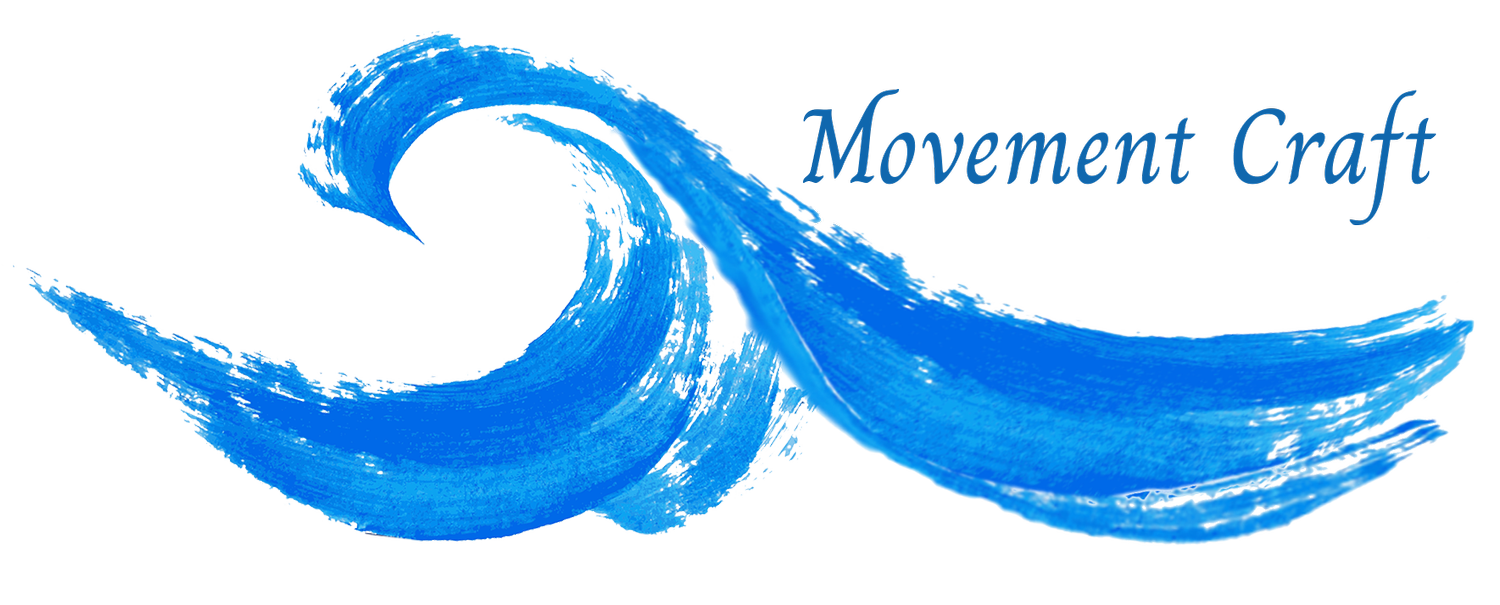Mastering Three Fundamental Movement Skills in Therapeutic Pilates
Are you looking to improve your pilates practice and build a strong foundation for your body? In this blog post, I'll share my insights on three essential movement skills in therapeutic pilates: upper spinal flexion, spinal twisting, and spinal articulation. Let's dive in and learn how to enhance our practice!
Upper Spinal Flexion
The first skill we'll discuss is upper spinal flexion. This movement engages the rectus abdominal muscles (also known as the six-pack muscles) and plays a crucial role in strengthening your core. When performing upper spinal flexion, it's essential to connect to your breath and engage your deeper muscles, specifically the transverse abdominal muscles.
One common mistake people make when doing upper spinal flexion is cheating with their neck and shoulders. This often occurs when you're weak in your center, which can lead to injury. To avoid this, I recommend using a towel underneath the bottom of your head, at the base of your skull. This technique, which I call the "towel curl up," supports your head, prevents neck injury, and helps you maintain proper form.
Remember, it's not about performing countless repetitions like you would with a sit-up. Instead, focus on deep concentration, using your center, breath, and scoop to maximize the benefits of upper spinal flexion.
Spinal Twisting
Next up is spinal twisting, a movement that encourages flexibility in your spine, hips, pelvis, and shoulder girdle. One of the most effective exercises for developing spinal twisting is the knee sway.
When doing the knee sway, it's important to activate your scoop (center) and coordinate your breath. These two elements are crucial for optimal control during the movement. Start small and gradually increase your range of motion to a comfortable level, without straining.
The knee sway helps to strengthen and stretch your center (abdominal muscles) and increases spinal range of motion. Remember to use your breath and scoop to get the most out of this movement.
Spinal Articulation
The third skill we'll cover is spinal articulation, which involves learning to move one vertebra at a time. This technique is essential for full body control and stabilization, as it creates a strong connection between your abdominals and spine.
Effective spinal articulation requires ultimate muscle control, particularly from the muscles deep and close to the spine. Think of it as microscopic muscle control, which promotes good motor control throughout your body.
To start incorporating spinal articulation into your practice, try the wall bridge exercise. This movement helps you gain control over the connection between your heels, the backline muscles of your body, and your glutes. It's also beneficial for your knees, hips, and back.
To perform the wall bridge, lie on your back and lift your feet up, anchoring them about 90 degrees against a wall or sturdy piece of furniture. Use your center to perform a pelvic tilt, and then focus on feeling each vertebrae leaving the mat as you breathe. The initial spinal movement will be small, but this control will set you up for success when progressing to more advanced movements.
Conclusion
In summary, mastering upper spinal flexion, spinal twisting, and spinal articulation is crucial for building a strong foundation for your body through therapeutic pilates. By focusing on proper form, using your breath, and engaging your center, you'll see significant improvements in your practice.
So, give these movements a try and remember the key takeaways:
For upper spinal flexion, use a towel for support and focus on quality over quantity.
In spinal twisting, practice the knee sway exercise and use your breath and scoop for optimal control.
Start with the wall bridge exercise to developspinal articulation and gradually progress to more advanced movements.
By incorporating these techniques into your pilates practice, you'll not only enhance your overall flexibility, control, and stabilization, but also promote a healthier and more balanced body. It's important to remember that pilates is a journey of self-discovery and improvement. So, be patient with yourself and take the time to master these skills.
As you continue your therapeutic pilates journey, always listen to your body and modify exercises as needed to ensure you're performing them safely and effectively. Over time, you'll experience increased body awareness, improved posture, and a deeper connection to your core muscles.
Incorporating these three fundamental movement skills into your regular practice will provide a solid foundation for more advanced pilates exercises down the line. As you progress, you'll be able to tackle new challenges and unlock even more benefits from your pilates practice.
So, go ahead and give these tips a try, and remember that consistency is key. Dedicate time to your practice, and you'll be amazed at the progress you'll make in your therapeutic pilates journey. Happy practicing!
